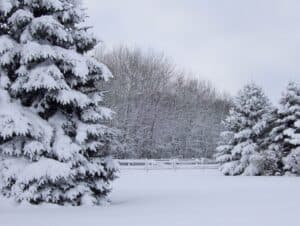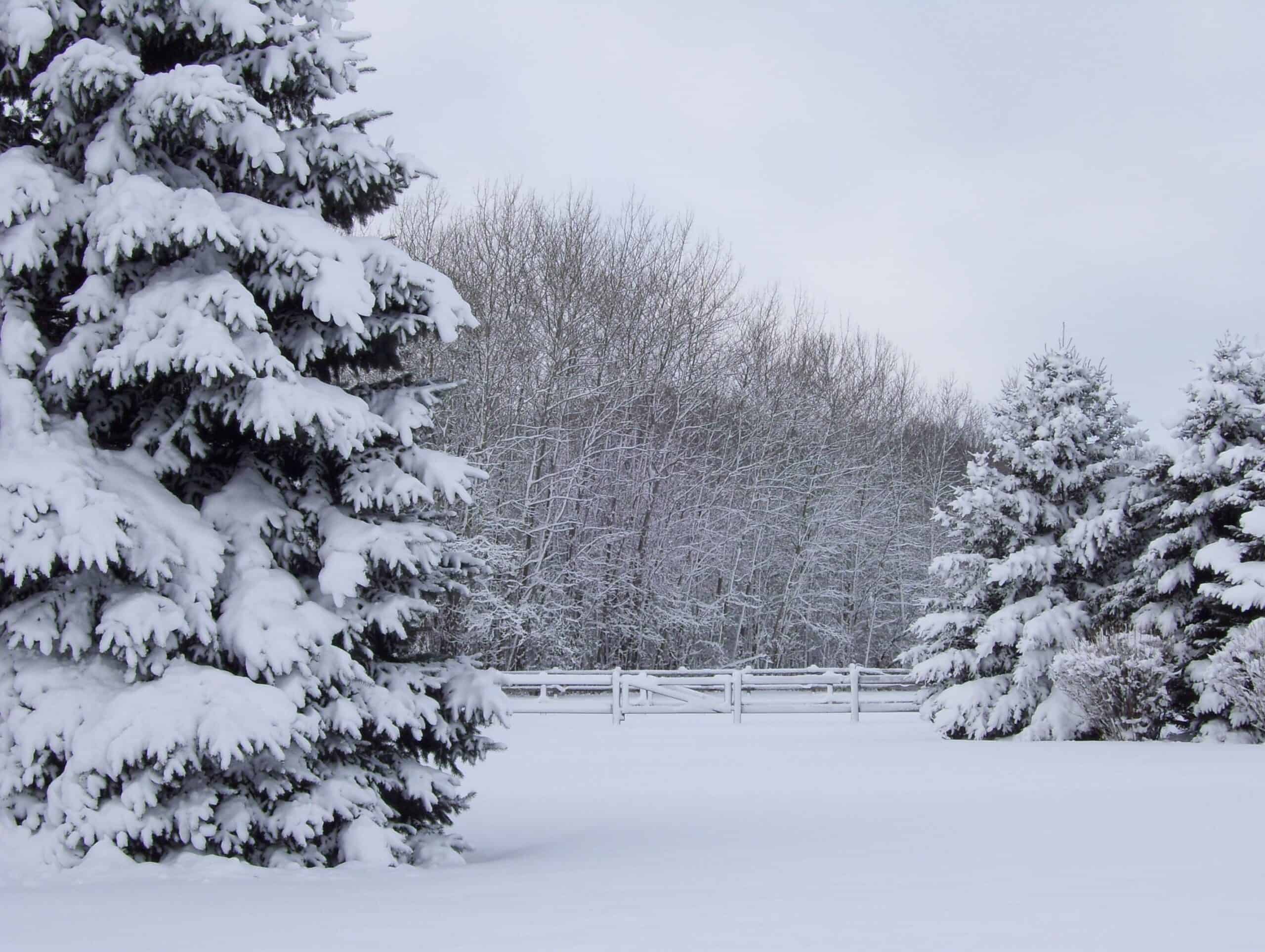Being that it’s the middle of December and we just got hit hard with about 7” of snow, our friends from Aon Risk Services shared some tips that employees need to be reminded of to help keep them safe from the product of our fine Wisconsin weather.

- Winter driving – Plan ahead. Get your vehicles ready for snow and ice now before the snow and ice is on the roads. Don’t try to get every mile out of your bald tires before purchasing new ones. The few miles you may save on new tires won’t cover the cost to be towed out of the ditch, let alone any repairs that may be needed to the vehicle if you go into a ditch. Also, always have some extra clothing or a warm blanket in the event that you are stranded for a period of time.
- Proper footwear – I tell workers that they shouldn’t look at the tread on their boots any differently than the tread on their tires. If the tread on their boots is worn down, it’s time to replace them. Where site conditions warrant, consider using Yak-Trax or another type of gription addition to footwear. Just make sure that employees are aware that they work great on ice and snow, but once you get on a solid surface it might be just as slippery as walking on ice with them (especially on tile or laminate floors, like inside a job trailer).
- Cold weather – Make sure your employees are dressing properly for the weather. You can always take layers off if you get warm, but you can’t add layers that you don’t have. Pay attention to the forecast and be prepared. Listen to your body. If you start getting a tingling or a pins and needles sensation in your extremities, get to a warm location. Frost bite and hypothermia is nothing to ignore.
- Schedule responsibly – Where you have the means or authority to do so, make the smart decision about sending your crews out in the winter weather. A lot of hours can be wasted on days getting setup only to work a minimum amount of hours due to continued weather. Clearing off equipment and materials to only have them covered again the next night may not be the best use of time.
- Housekeeping – When crews have their housekeeping under control and they know where their materials and equipment are it will help when it comes time to clear snow. If materials are scattered all around the site, it will be harder to find it buried under the snow and there is more potential for materials to be damaged. Also, employees have a greater risk of being injured by tripping over or slipping on materials covered by snow. If there are areas where water/ice is bound to be, make sure it is marked so that workers are aware of the hazardous area.

